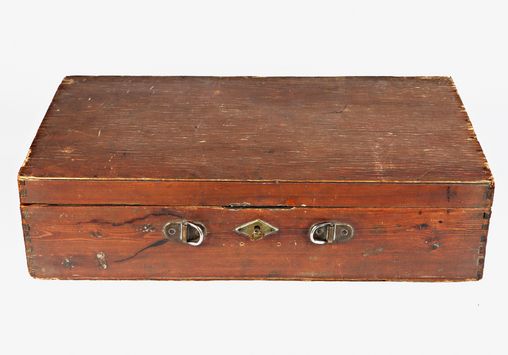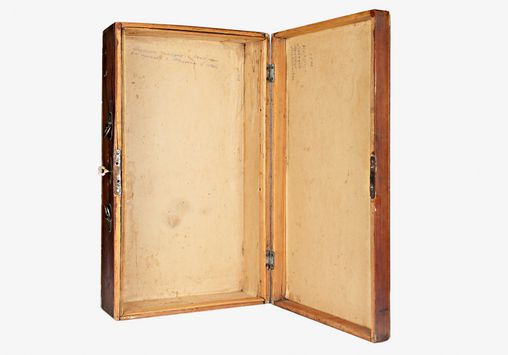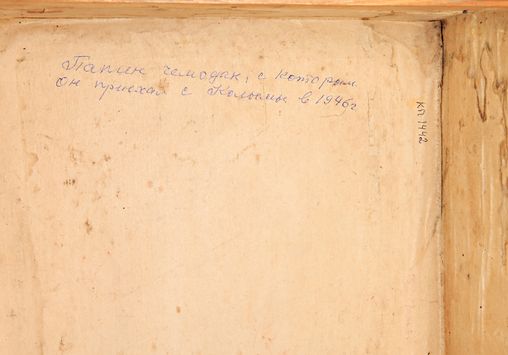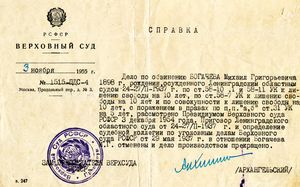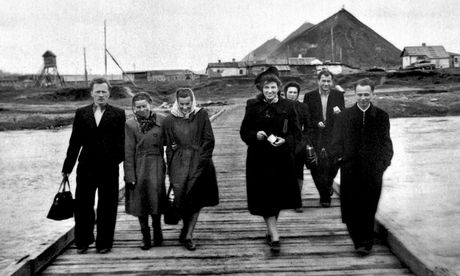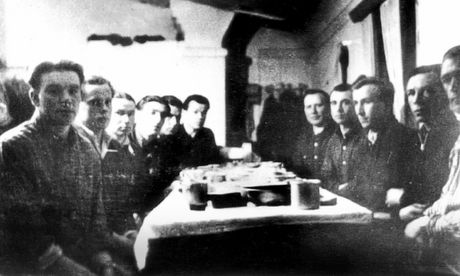Stefania Szantyr-Polovna in an interview with Meinhard Stark, 2006 (2:40 min.) in German
S. Szantyr-Polovna (b. 1924), a Pole, initially resisted the German occupying forces, then fought against the Soviet occupation of Eastern Poland as a member of the Armiya Krayova (Homeland Army), arrested in 1944 and sentenced to ten years in camp, served term in camps in the Vorkuta Region, subsequently forced settlement in camp village, departure for Poland in 1955.
Source: Meinhard Stark private archive, Berlin

